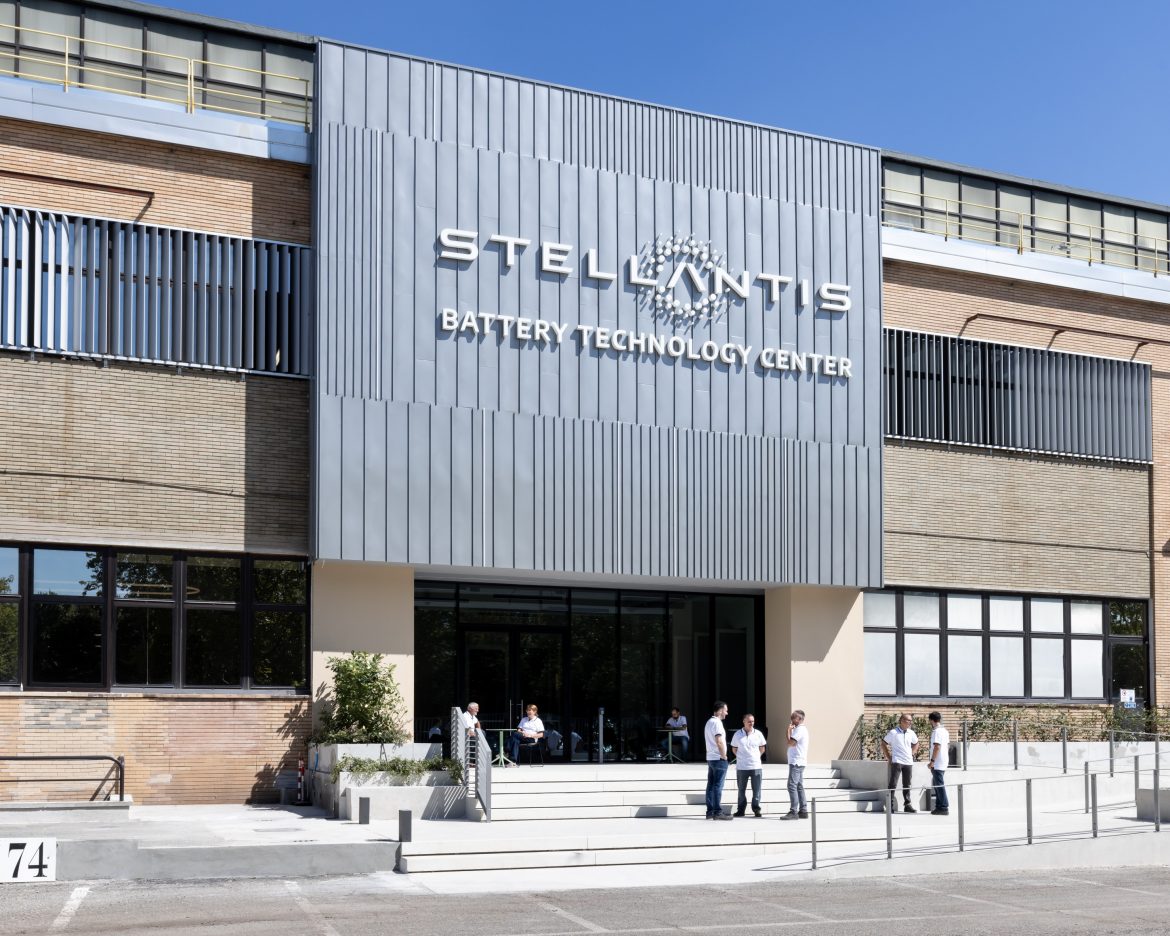The recent exchange of words between Italian Prime Minister Giorgia Meloni and Stellantis CEO Carlos Tavares has illuminated a significant shift in the automotive landscape. Formerly regarded as homegrown national entities, Europe’s automakers, including Stellantis, have emerged as global players leveraging the European Union’s (EU) factory overcapacity to secure favourable government deals.
Resumption of production
Following a safety testing scandal, Stellantis temporarily halted all factory operations, affecting its domestic production. However, in a recent development, the company has resumed manufacturing at its Kyoto factory, marking the revival of its operations in Japan.
Utilisation rate and leverage
Stellantis’ European factories have faced challenges in maintaining optimal utilisation rates. With an average capacity utilisation rate of 56% in 2022, well below the desired 80%, the company has sought to leverage its excess production capacity to negotiate subsidies and policy support from governments, both in Italy and abroad.
Allocation of production
The allocation of production within Stellantis’ global network has been a subject of contention, particularly in Italy. While Italy historically served as a significant production hub for Fiat, Stellantis has redistributed production globally, raising concerns about the country’s automotive future.
Meloni’s criticism and Tavares’ response
Italian Prime Minister Giorgia Meloni has criticised Stellantis’ production decisions, characterising the merger as a “French takeover.” In response, CEO Carlos Tavares has defended the company’s stance, citing market dynamics and global competitiveness as key drivers of production allocation.
Government support and incentives
Stellantis has advocated for government support to increase output, urging Rome to incentivise electric vehicle (EV) purchases, reduce energy costs, and expand the EV charging network. Italy has responded with a €950 million auto purchase incentive, aimed at stimulating domestic demand.
Production shift and discontent
Stellantis’ decision to shift production of cheaper vehicles to low-cost countries has sparked discontent in Italy, where concerns about job losses and industrial decline have been prominent. However, the company maintains that its production decisions are driven by global market dynamics and operational efficiency.
Industry dynamics
The European automotive industry faces numerous challenges, including weakening demand, intensifying competition, and technological disruptions. Additionally, the rise of Chinese EV manufacturers poses a significant threat to traditional European automakers.
Imbalance and governance
The imbalance in Stellantis’ production decisions, with a shift in “brain” functions away from Italy towards France, underscores the complexities of post-merger integration. While France holds a stake in Stellantis, Italy seeks to secure a presence within the group to influence strategic decisions.
Sales and EV transition
Italy’s slow transition to EVs contrasts with France’s higher adoption rate, reflecting differing attitudes towards sustainable mobility. Italy’s reluctance to embrace EVs poses challenges amid global automotive shifts towards electrification and sustainability.
Practical solutions
Experts advocate for practical solutions to address Italy’s concerns, such as relocating EV-related research and development (R&D) functions to Italy to leverage local expertise and foster innovation.
Stellantis’ production decisions and the resulting Italian backlash underscore the evolving dynamics of the European automotive industry. As Europe’s automakers navigate a rapidly changing landscape, balancing national interests with global competitiveness remains a key challenge. Moving forward, collaborative efforts between industry stakeholders and policymakers will be crucial in shaping the future of the European automotive sector.



